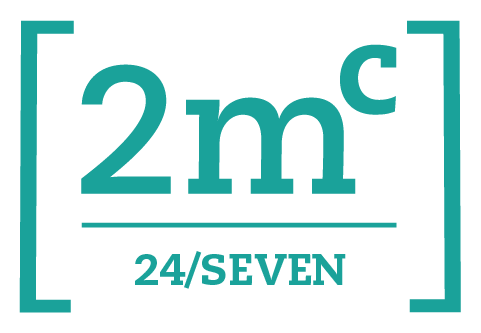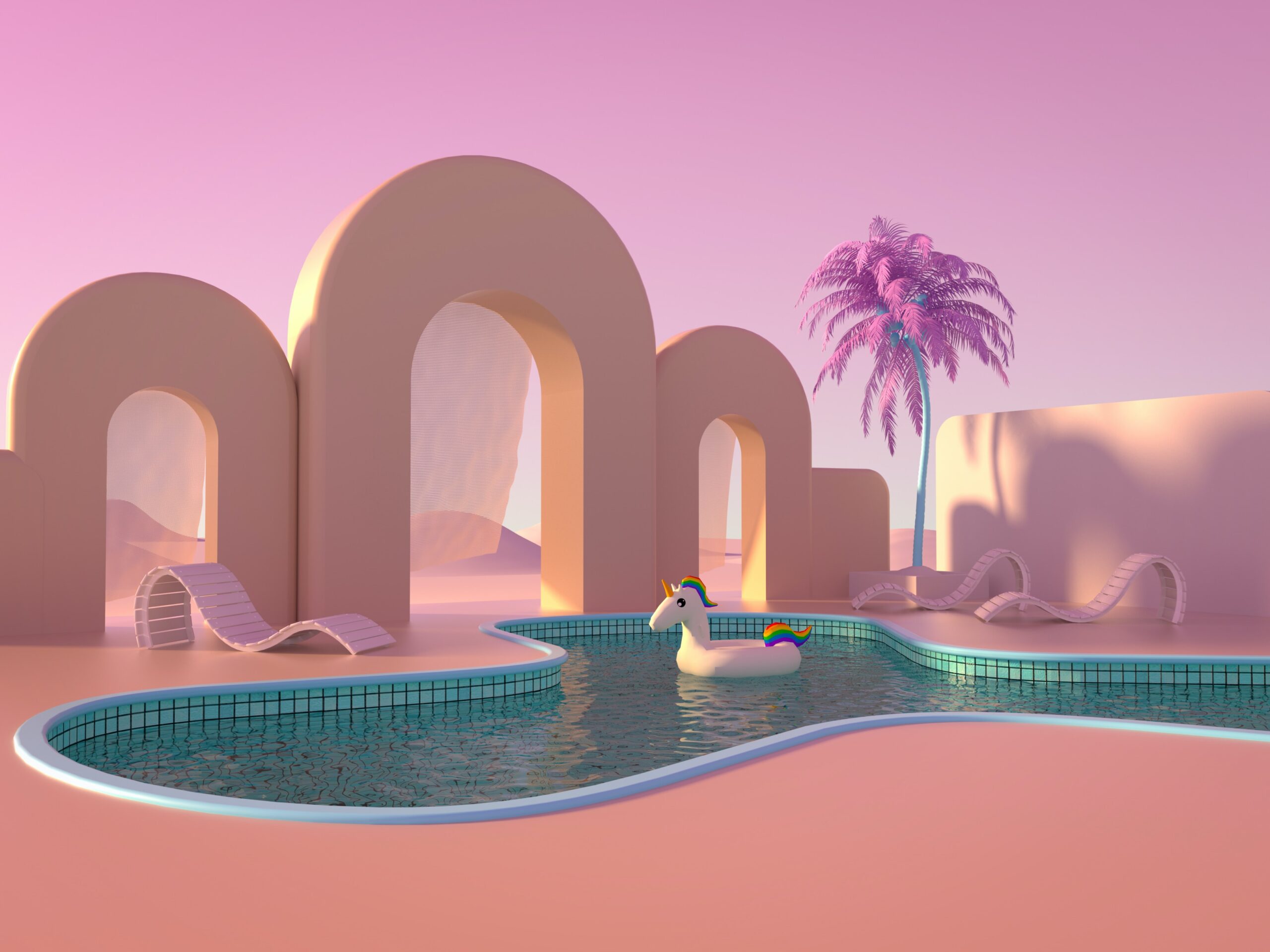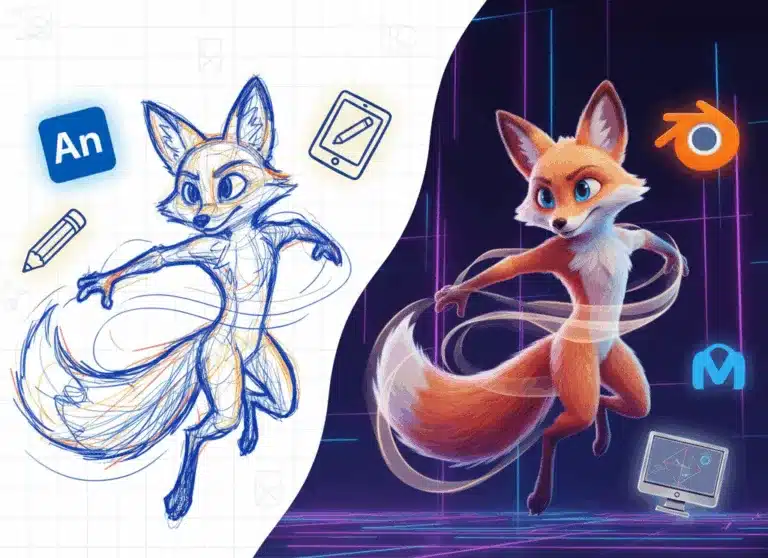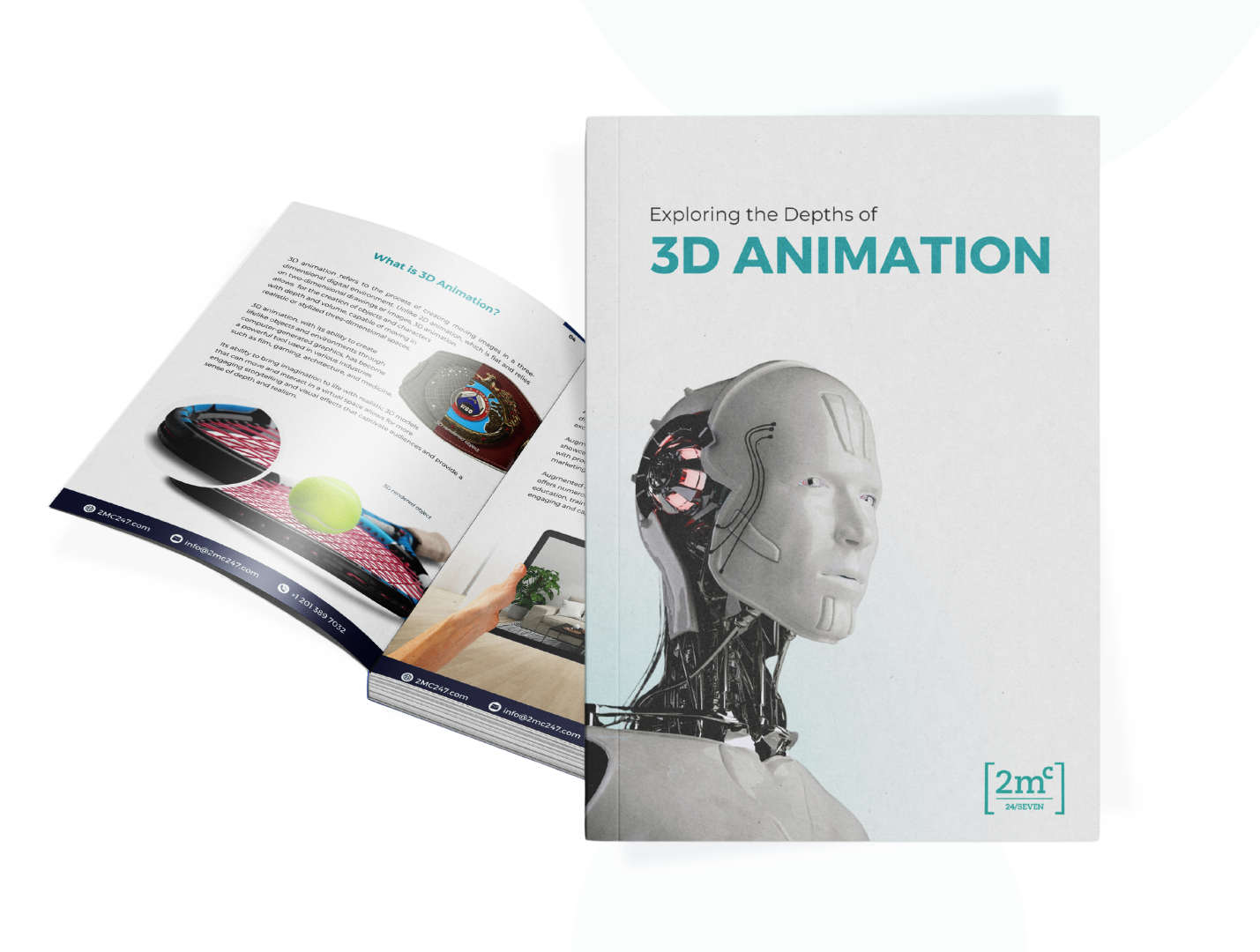3D animation has revolutionized visual storytelling by enabling creators to bring non-existing objects or spaces to life. By harnessing advanced techniques and technologies, such as modeling, texturing, rigging, lighting, and rendering, 3D animators craft virtual worlds that captivate audiences with their realism and dynamism.
This article answers the question: what is 3D animation?
It explores not only the fundamental principles underlying animation but also delves into the evolution of 3D animation from its inception. By understanding these foundational aspects and exploring various applications across different fields like filmmaking and architecture, readers will gain insight into how 3D animation has become an integral part of our modern visual landscape.
So join us on this journey as we unravel the intricacies of 3D animation and embark upon an innovative exploration into its limitless possibilities.
What is 3D Animation?

3D animation refers to the process of creating moving images in a three-dimensional digital environment. Unlike 2D animation, which is flat and relies on two-dimensional drawings or images, 3D animation allows for the creation of objects and characters that have depth, volume, and can move in a realistic or stylized three-dimensional space.
3D animation, with its ability to create lifelike objects and environments through computer-generated graphics, has become a powerful tool used in various industries such as film, gaming, architecture, and medicine.
Its ability to bring imagination to life with realistic 3D models that can move and interact in a virtual space allows for more engaging storytelling and visual effects that captivate audiences and provide a sense of depth and realism.
As technology continues to advance rapidly, the field of 3D animation is constantly evolving with new industry trends emerging. Virtual reality (VR) animation has gained significant attention in recent years as it provides immersive experiences for users by placing them directly into virtual environments.
Augmented reality (AR) animation is another growing trend that overlays digital content onto real-world surroundings. These advancements open up exciting possibilities for integrating 3D animations into various applications.
Understanding the world of 3D animation opens up a wide range of opportunities in multiple industries. The advantages it offers in terms of creating lifelike visuals combined with the increasing demand for skilled animators makes it something both business people and animators to pay attention to.
Why is 3D Animation Important?
3D animation is of paramount importance due to its capacity to craft immersive and visually arresting experiences. Its significance extends to a multitude of applications across various industries, driven by the following factors:
Immersive Realism: 3D animation, in contrast to traditional 2D animation, imbues objects and characters with depth, volume, and lifelike movements. This capacity for realism enhances the viewer’s immersion in the content, making it more engaging and relatable.
Effective Communication: It serves as a potent medium for conveying ideas and concepts that might be challenging to express through other means. Whether it’s depicting complex scientific processes or illustrating intricate architectural designs, 3D animation simplifies understanding and aids communication.
Audience Engagement: 3D animation possesses the innate ability to captivate audiences. It enables viewers to visualize objects, spaces, or scenarios that don’t exist in the real world, making it an ideal tool for storytelling, education, and entertainment.
Versatile Marketing: In the realm of marketing and advertising, 3D animation is a powerful tool. Advertisements featuring 3D animations can draw mass attention, whether on billboards, screens at events, or trade show displays. The dynamic and visually appealing nature of 3D animations leaves a lasting impact on viewers.
Technological Advancements: The field of 3D animation continues to advance rapidly. Emerging technologies, such as real-time animation facilitated by specialized software and hardware, are continually pushing the boundaries of what’s possible. These innovations promise even more exciting developments in the future.
The Evolution of 3D Animation: How It All Began
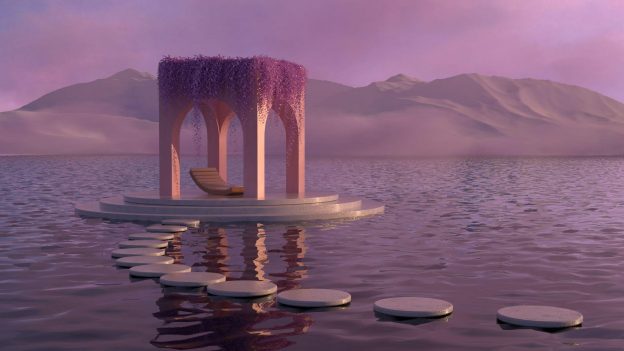
The evolution of 3D animation can be traced back to the early days of computer graphics and the development of pioneering techniques in visual effects. In the 1960s, computer technology was rapidly advancing, and researchers began exploring ways to create realistic graphical representations.
One of the first breakthroughs came in 1973 with the film ‘Westworld,’ which used computer-generated imagery (CGI) to bring a robotic character to life. This marked the beginning of using computers for animation in film.
Throughout the 1970s and 1980s, pioneers like Ed Catmull and Fred Parke made significant contributions to the field. Catmull developed algorithms for rendering curved surfaces, leading to him being a co-founder of Pixar Animation Studios. Parke introduced facial animation by mapping human expressions onto digital models, revolutionizing character animation.
Technological advancements played a crucial role in pushing 3D animation forward. The introduction of more powerful computers allowed for faster rendering times and complex simulations. Software programs like Maya, Blender, and 3ds Max provided artists with tools for creating intricate models, rigging them with skeletons for movement control, and applying textures and lighting.
The impact of 3D animation on entertainment has been profound. It has enabled filmmakers to create visually stunning worlds that were previously impossible or impractical to achieve using traditional methods. Today, we see its influence not only in movies but also in television shows, video games, advertising campaigns, and virtual reality experiences.
With ongoing developments in technology such as real-time rendering and virtual production techniques like motion capture, the future possibilities for 3D animation are endless. As computing power continues to increase and software becomes more sophisticated, we can expect even more immersive and realistic animated experiences.
The Fundamentals of Animation

The understanding and application of key principles in animation play a crucial role in creating captivating and impactful visual storytelling. Whether it’s traditional 2D animation or the more advanced 3D animation, animators must possess a strong grasp of these techniques to bring their creations to life.
Traditional animation involves hand-drawn or painted frames that are played in sequence to create the illusion of movement. This technique requires meticulous attention to detail and precise timing.
On the other hand, 3D animation takes advantage of computer software and hardware to construct three-dimensional models that can be manipulated and animated with greater ease.
In addition to mastering animation techniques, storytelling is an essential component of 3D animation. A well-crafted narrative adds depth and meaning to the visuals, allowing audiences to connect emotionally with the characters and events on screen. Animators must consider factors such as character development, plot structure, pacing, and visual composition when weaving their stories together.
By combining technical expertise with creative storytelling skills, animators can create immersive experiences that captivate viewers.
Exploring the use of lighting is another crucial aspect of 3D animation. Lighting not only enhances the overall visual quality but also helps set the mood and atmosphere within a scene.
By manipulating light sources, shadows, and reflections, animators can create depth, contrast, and realism in their animations. Understanding how lighting interacts with different materials is essential for achieving convincing textures and surfaces.
Understanding the principles of character animation is also paramount in creating believable performances within a 3D environment. Animators must study human motion extensively to accurately portray emotions, gestures, facial expressions, and body language through their characters’ movements. The use of keyframes combined with interpolation techniques allows for smooth transitions between poses while maintaining fluidity.
The impact of 3D animation on visual effects in movies cannot be overstated. With advancements in technology over recent decades, filmmakers have been able to push boundaries by seamlessly integrating computer-generated imagery (CGI) into live-action footage.
3D animation has revolutionized the way visual effects are created, allowing for the creation of impossible or fantastical elements that enhance storytelling and immerse viewers in entirely new worlds.
With this firm understanding of animation principles, let’s now explore the 3D animation process in detail.
Exploring the 3D Animation Process

Exploring the intricacies of the 3D animation process unveils the meticulous steps and techniques involved in bringing digital creations to life.
To create a compelling 3D animation, animators must first gain knowledge in various areas such as human and creature motion, facial movement, mechanical design, and physics. This understanding enables them to accurately depict realistic movements and actions within their animations.
One important aspect of the 3D animation process is motion capture. Animators use motion capture technology to record real-life movements and apply them to their digital characters. This technique provides a level of authenticity to the animations, as it captures subtle nuances that would be difficult to recreate manually.
Additionally, refining animation skills is crucial for creating high-quality 3D animations. Practice with 3D animation software and free rigged models allows animators to hone their craft and explore different techniques. By continuously pushing themselves creatively and technically, animators can elevate their work to new heights.
Types of 3D Animation
Different genres of 3D animation allow artists to bring various imaginative worlds, characters, and stories to life through visually captivating and dynamic digital creations. Here are some types of 3D animation that showcase the versatility of this medium:
Character Animation
This type of 3D animation focuses on bringing lifelike movements and expressions to digital characters. It involves creating realistic human or creature motion, including facial movement, body mechanics, and interactions with the environment.
Motion Graphics
Motion graphics combine text, shapes, colors, and other graphic elements with animation techniques to create visually appealing designs. It is commonly used in advertising, title sequences for films or TV shows, and user interface animations.
Visual Effects (VFX)
VFX refers to adding computer-generated elements into live-action footage. This can include creating explosions, creatures, environments, or altering existing footage to achieve a desired effect. VFX is widely used in movies, television shows, and commercials.
Architectural Visualization
This type of 3D animation is used in architecture and design industries to create virtual representations of buildings or spaces before they are constructed. It allows architects and designers to showcase their ideas in a realistic manner while also exploring different lighting conditions or materials.
Medical Animation
Medical animation involves creating animated visuals for medical education or promotional purposes. It can be used to explain complex medical procedures or visualize the inner workings of the human body.
These types of 3D animation offer unique benefits such as increased realism, enhanced storytelling capabilities, improved visualization of concepts or products, and greater flexibility in expressing creativity.
Is 3D Animation Easy to Learn?
Mastering the intricate art of 3D animation requires dedication, a strong foundation in technical skills, and a keen eye for detail. While some may find the learning curve steep, with the right resources and determination, it is certainly possible to learn 3D animation. The key to success lies in selecting the right software to master.
For beginners, programs like Blender and Autodesk Maya are popular choices as they provide comprehensive tools and tutorials that cater to all skill levels. These software options offer user-friendly interfaces and robust features that allow beginners to create stunning 3D animations with ease.
In addition to mastering software, aspiring 3D animators need to stay updated on industry trends and continuously build their skillset.
With the growing demand for 3D animation in various industries such as film, television, gaming, and advertising, there are ample job opportunities for skilled animators. Learning resources such as online tutorials, courses, and workshops can be valuable assets in honing one’s skills. Platforms like Udemy, Coursera, and LinkedIn Learning offer a wide range of instructional materials taught by industry professionals.
While learning 3D animation may pose challenges for beginners, such as understanding complex concepts or grasping advanced techniques, these difficulties can be overcome with practice and persistence.
3D Animation vs. 2D Animation: Understanding the Differences

When comparing 3D animation and 2D animation, it is important to understand the fundamental distinctions between these two artistic techniques.
2D animation techniques involve creating drawings or paintings on transparent sheets, which are then photographed or scanned and played in a sequence to create the illusion of movement. This traditional form of animation has its own unique charm and simplicity.
On the other hand, 3D animation involves rendering three-dimensional objects on a two-dimensional surface, creating more realistic and complex movements. It requires specific software programs to build 3D models or ‘meshes’ and rig them with a skeleton system.
The advantages of 3D animation over 2D animation are significant. Firstly, 3D animation provides a greater sense of depth and scale compared to its two-dimensional counterpart. This allows for the creation of large landscapes, crowds, and altered realities that can captivate audiences.
Secondly, by using CGI (computer-generated imagery), 3D animations can achieve a level of realism that traditional hand-drawn animations cannot match. The attention to detail in lighting, textures, and physics simulation in 3D animations adds an extra layer of believability to the visuals.
Finally, the impact of 3D animation in advertising cannot be underestimated. Its versatility allows advertisers to showcase intricate product details from various angles while engaging viewers with captivating visual storytelling.
Exploring 3D Character Animation vs. Other Styles

3D character animation is a specific style of 3D animation that focuses on bringing characters to life. It involves creating digital models of characters and animating them to simulate movement, expressions, and actions. Unlike other styles of animation, such as 2D or stop-motion, 3D character animation offers a range of unique features and advantages.
Firstly, 3D character animation allows for more realistic and detailed movements. The use of advanced software and techniques enables animators to create lifelike gestures, facial expressions, and body mechanics. This level of realism adds depth and believability to the characters, making them more relatable for the audience.
Secondly, compared to traditional 2D character animation, 3D character animation offers greater flexibility in terms of camera angles and perspectives. Animators can easily manipulate the virtual camera around the animated scene, providing dynamic shots from various angles. This freedom enhances storytelling by allowing for more visually engaging narratives.
Thirdly, with 3D character animation techniques like rigging and motion capture integration, animators can achieve complex movements with relative ease.
Rigging involves attaching a digital skeleton system to the character model which allows for easy manipulation and control over its movements. Motion capture technology captures real-life movements using sensors or cameras which can then be applied to the digital characters for highly realistic animations.
However, it’s not all roses as there are some challenges faced in 3D character animation. These include technical complexity in terms of software handling and rendering times required due to high-quality graphics involved in creating detailed characters with intricate movements. Additionally, achieving natural-looking performances requires extensive knowledge about human anatomy and physics simulation for accurate portrayals.
The impact of 3D character animation on storytelling cannot be understated. It brings characters to life in ways that were previously unimaginable with traditional forms of animation. With its ability to create realistic movements and expressions, it opens up new possibilities for emotional connection between the audience and the characters. This, in turn, enhances the overall narrative and makes storytelling more compelling and immersive.
The Intricacies of 3D Modeling vs. Animation
The distinction between 3D modeling and animation lies in the processes of creating detailed digital models and bringing them to life through movement, respectively.

3D modeling techniques involve using specialized software to construct three-dimensional objects or characters with intricate details. This process requires a combination of technical skills and artistic creativity to accurately represent real-world objects or imaginary concepts.
On the other hand, animation involves taking these digital models and animating them to create movement. Animation software comparison is crucial in this step, as different software programs offer unique features that allow for realistic movements and interactions within the virtual environment.
Animators use keyframing techniques to define specific poses or moments in time for their characters or objects. They then utilize motion capture technology or manually manipulate the models’ skeletal systems to achieve fluid and lifelike motions.
While 3D modeling focuses on creating static digital representations, animation adds another layer of complexity by introducing movement, emotion, and storytelling into these models.
Realism in 3D animation is a constant pursuit for animators who aim to create believable characters and environments that can captivate audiences. However, this pursuit comes with its own set of challenges, including dealing with complex physics simulations for accurate object interactions or character movements.
Understanding the intricacies of both 3D modeling and animation is essential for creating compelling visual experiences. The precise construction of detailed digital models lays the foundation for realistic animations that engage viewers’ imaginations.
Applications of 3D Animation: What’s Possible?
Applications of 3D animation encompass a vast array of industries and creative fields, showcasing its versatility and ability to bring imagination to life in captivating ways.
3D Animation in Advertising & Marketing

3D animation plays a crucial role in advertising as it allows companies to showcase their products or services in engaging and visually appealing ways. Whether it’s creating animated commercials or interactive ad campaigns, 3D animation enables advertisers to capture the attention of their target audience effectively.
For example, it allows beverage companies to create commercials that showcase new soft drinks with vivid visuals, capturing consumers’ attention and leaving a lasting impression. In storytelling, 3D animation enables brands to convey emotional narratives, such as a fashion brand showcasing the journey of a garment, forging deeper connections with consumers.
Moreover, 3D animation excels in simplifying complex concepts, making them accessible to a broader audience. Tech startups can use it to visually explain intricate ideas, enhancing their marketing strategies.
Additionally, interactive marketing campaigns are more effective, and 3D animation empowers brands to create engaging experiences. For instance, sports brands can enable customers to customize and interact with their products virtually, fostering a sense of ownership and loyalty.
Furthermore, the integration of 3D animation with emerging technologies like VR and AR is reshaping marketing, enriching customer experiences and aiding in decision-making. In conclusion, 3D animation is a versatile tool in modern marketing, offering creative opportunities and enhancing consumer engagement.
3D Animation in Film and TV
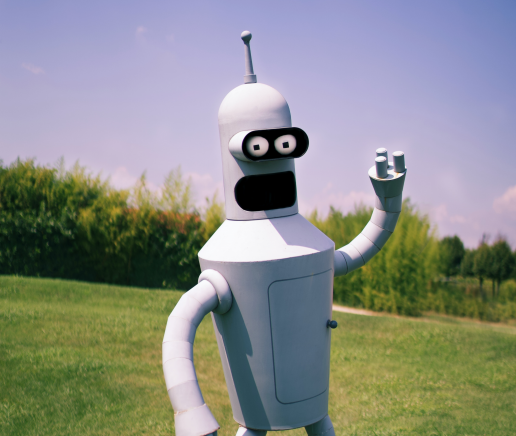
Film and TV production processes have greatly benefited from the integration of 3D animation techniques, revolutionizing storytelling through visually captivating imagery and lifelike character movements. 3D animation has found widespread use in various aspects of film and television, enhancing the overall viewing experience for audiences.
In advertising, 3D animation allows for the creation of stunning visuals that can effectively communicate complex ideas or showcase intricate product details. By utilizing 3D animation, advertisers can captivate viewers’ attention and leave a lasting impression.
In documentaries, 3D animation is employed to bring historical events or scientific concepts to life. It enables filmmakers to visualize abstract ideas or recreate past environments with accuracy and detail.
Additionally, in children’s entertainment, 3D animation adds an element of fantasy and wonderment by creating vibrant and imaginative worlds inhabited by animated characters. This not only engages young audiences but also provides educational value through storytelling.
Furthermore, visual effects play a crucial role in modern films and TV shows, often requiring the use of 3D animation to seamlessly integrate computer-generated elements into live-action footage. From creating larger-than-life creatures to generating realistic explosions or magical effects, 3D animation is instrumental in enhancing the overall visual impact of these productions.
Lastly, 3D animation has also made its way into live events such as concerts or stage performances. Through projection mapping techniques, animated visuals can be projected onto various surfaces like buildings or stages, creating immersive experiences for audiences.
3D Animation in Video Games
Video games have become a prime platform for the utilization of highly immersive and visually captivating 3D animation techniques.
The incorporation of 3D animation in virtual reality (VR) gaming has revolutionized the gaming industry, allowing players to fully immerse themselves in virtual worlds. With VR headsets and motion controllers, players can interact with 3D animated characters and environments in a way that feels incredibly real.
Additionally, augmented reality (AR) gaming has also benefited from 3D animation, as it allows digital objects to be seamlessly integrated into the real world through mobile devices. This technology creates a unique gaming experience where players can see and interact with 3D animated characters or objects within their own physical surroundings.
Moreover, interactive storytelling has been greatly enhanced by the use of 3D animation in video games. The ability to create dynamic and lifelike characters through detailed animations adds depth to narrative-driven games, making the player’s experience more engaging and emotionally impactful.
3D Animation in Architecture
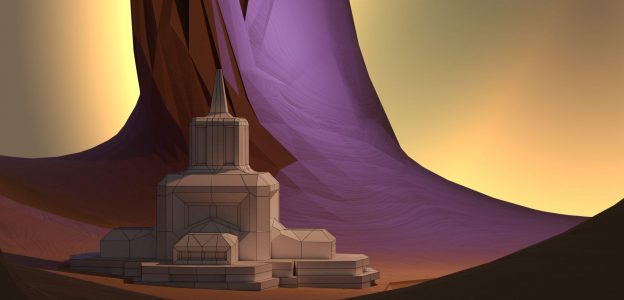
Architectural visualization benefits greatly from the integration of 3D animation techniques, allowing architects and designers to bring their creations to life in a realistic and immersive manner. By incorporating 3D animation into architectural projects, professionals can showcase their designs from various angles and perspectives, giving clients a better understanding of the final product.
Here are some advantages of using 3D animation in architecture:
Implementing 3D animation in architectural visualization does come with its challenges. However, advancements in technology continue to address these challenges by improving rendering speeds, increasing realism through advanced material simulations, and streamlining workflows for seamless integration into existing design processes.
3D Animation in Medical Visualization
The application of 3D animation in medical visualization has significantly advanced the field of medicine by providing dynamic and interactive visual representations of complex anatomical structures and biological processes.
3D animation plays a crucial role in surgical training, allowing surgeons to practice procedures in a virtual environment before performing them on patients. This technology provides a realistic simulation that enhances surgical skills and reduces risks during actual surgeries.
Additionally, 3D animation is used in patient education to explain medical conditions, treatment options, and surgical procedures in a visually engaging manner. It helps patients better understand their own bodies and make informed decisions about their healthcare.
3D animation is also utilized for anatomy visualization, enabling researchers, educators, and students to study the human body from various angles and perspectives. This technology allows for the exploration of intricate details within organs, tissues, cells, and molecules that are not easily visible with traditional methods.
Another thing to consider is the role it plays in medical device demonstrations by showcasing how devices work within the human body. It helps medical professionals understand the mechanisms behind these devices and evaluate their effectiveness before implementation.
In addition to these applications, 3D animation also finds its place in pharmaceutical marketing by creating visually captivating advertisements for new drugs or treatments. By using stunning visuals and animations, pharmaceutical companies can effectively communicate complex information about their products to both healthcare professionals and consumers.
Exploring 3D Product Animation

3D product animation has emerged as a powerful tool for promoting and visualizing products in various industries. With advancements in technology, 3D animation allows for the creation of realistic and visually engaging product animations that effectively showcase intricate details.
One of the key advantages of 3D animation in product visualization is its ability to create realistic representations. Through accurate modeling, texturing, and lighting, products can be showcased with a high level of detail and visual fidelity. This not only helps potential customers understand the features and functionality of the product but also allows them to visualize it in different contexts or environments.
Additionally, 3D animation provides flexibility in showcasing product variations or customizations without the need for physical prototypes.
However, creating effective 3D product animations comes with its own set of challenges. Ensuring that every detail is accurately represented requires meticulous attention to detail and expertise in materials and textures. Animators must also consider factors such as physics simulations for realistic movements or interactions between components.
Balancing realism with artistic creativity is crucial to captivate audiences while still accurately representing the product.
What is 3D Industrial Animation?

3D industrial animation serves as a powerful tool to visually showcase complex machinery and manufacturing processes. With its ability to create realistic simulations and detailed representations, 3D industrial animation has become an essential component in various industries.
Here are three key aspects that highlight the significance of 3D industrial animation:
Choosing the Right 3D Animation Software
Selecting the appropriate software for 3D animation is essential in order to optimize its capabilities and maximize creative potential. When exploring software options, it is important to carefully evaluate the features offered by different programs. Look for software that provides a wide range of tools for modeling, texturing, rigging, animation, and rendering. Consider whether the software supports advanced features such as particle systems, fluid simulations, or physics simulations if these are requirements for your project.
When to Opt for 3D Animation: Pros and Cons
Considering the advantages and disadvantages of 3D animation can help determine when it is most appropriate to utilize this technique in various creative projects.
One of the major pros of 3D animation is its ability to create a high level of realism. This realism allows for detailed and intricate visuals, making it an excellent choice for showcasing product details in marketing or architectural designs.
Additionally, 3D animations are effective communication tools as they convey depth and realism, helping audiences visualize non-existing objects or spaces. The realistic nature of 3D animation also has a significant impact on audience engagement, drawing mass attention and captivating viewers.
However, there are some cons to consider when opting for 3D animation. One major factor is the cost and time involved in producing high-quality 3D animations. Compared to 2D animation, creating 3D animations can be more expensive and time-consuming due to the complexity of modeling, texturing, rigging, and rendering processes.
Another consideration is finding a balance between realism and artistic style. While 3D animation offers a high level of realism, it may not always match certain artistic visions or desired aesthetics. Some projects may benefit more from a stylized or hand-drawn approach rather than the hyper-realistic look that 3D animation provides.
While there are several advantages to using 3D animation such as its ability to create realistic visuals and engage audiences effectively, there are also drawbacks including cost considerations and limitations on artistic style. When deciding whether to opt for 3D animation in creative projects such as marketing campaigns or architectural visualizations, careful evaluation of these pros and cons will help determine if it aligns with the project’s goals and requirements.
Conclusion

To conclude, 3D animation is vital for the creation of immersive visual experiences. This comprehensive guide has provided an overview of what 3D animation is, its importance in various fields, and the process involved in creating stunning animations. From its humble beginnings to the advanced software available today, 3D animation has come a long way and continues to evolve.
The use of specialized software and skills required to excel in this field have made 3D animation an essential component for filmmakers, game developers, architects, and more. It enables them to bring their ideas to life in a three-dimensional space, captivating audiences with lifelike and dynamic images.
Whether it’s creating virtual worlds or showcasing industrial processes through 3D industrial animation, this technique offers endless possibilities.
In conclusion, 3D animation is like a painter’s brush on a digital canvas – it allows artists and creators to add depth, movement, and realism to their work. With the right tools and understanding of the fundamentals of animation, anyone can harness the power of this medium and create visually stunning masterpieces that leave a lasting impact on viewers.
So whether you’re an aspiring animator or simply interested in exploring the world of animation further, don’t hesitate to dive into this exciting field full of endless possibilities.
Need some help creating immersive experiences through 3D animation? Feel free to give us a call, we’ll be happy to help.
Frequently Asked Questions
What are the different types of 3D animation techniques?
The different types of 3D animation techniques include various approaches to 3D modeling, texturing and lighting, rigging and character animation, special effects, and motion capture. Each technique contributes to the overall realism and visual appeal of the animated content.
How does 3D animation differ from 2D animation?
3D animation differs from 2D animation through its benefits over 2D, such as creating more realistic and immersive experiences. The evolution of 3D animation technology has allowed for greater complexity in movements and actions.
However, challenges in production arise due to the time-consuming nature and higher costs. In storytelling, 3D animation enhances visual storytelling by providing a greater sense of depth and scale. Additionally, the gaming industry heavily relies on 3D animation for creating interactive and visually stunning gaming experiences.
What are the applications of 3D animation in the field of architecture?
The use of 3D animation in architecture offers numerous advantages, including the ability to provide realistic representations of buildings and enhance the design process. Virtual reality is also being explored as a tool for architectural 3D animation, and future trends indicate continued innovation in this field.
What is the process involved in creating 3D animation?
The process of creating 3D animation involves several stages. It starts with 3D modeling, where artists build digital objects or characters. The rigging process follows, where a skeleton system is added for movement control. Texture mapping adds surface details, while keyframe animation determines object movements. Finally, rendering techniques are used to convert the animation into a sequence of images or frames.
What are the pros and cons of using 3D animation in various industries?
The use of 3D animation in various industries offers numerous advantages, such as engaging audiences, effective communication, and showcasing intricate product details. However, it also presents challenges like time and cost constraints. The future prospects for 3D animation are promising with continued advancements in technology..
